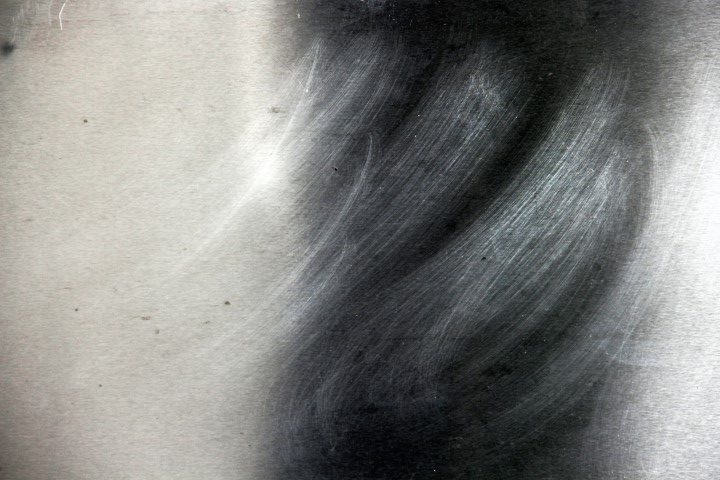Surface Treatment of Metals
There is frequently required a different finishing treatment technique for either one piece or all of a metal part’s exterior surface after it has been machined or produced to prevent corrosion or just improve its look.
Meaning of Surface treatment
Surface treatment is usually a procedure that adds new functionalities to a material’s surface, such as corrosion and wears resistance, or improves the ornamental characteristics to improve its look.
Reasons why Metal surfaces are treated
It is important to note that changing the surface characteristics of metals is very important for a variety of reasons.
Some of these treatments also improve mechanical or electrical qualities, which add to the component’s overall functioning.
Surface treatment of metals is typically used for:
- Adornment and reflectivity reasons.
- Increased hardness of the surface (for resistance to damage and wear)
- Corrosion resistance

Understanding the Surface Treatment of Metal
In comparison to other materials that require surface treatment before coating, printing, or adhesion, metal has a variety of surface treatment options.
Metal treatment refers to the process of treating metal parts or components before they are coated.
The main purpose of this treatment is to increase the surface energy of a metal surface so that it can easily adhere to the printing or coating that will be applied next.
Coatings pretreatment is the term used to describe this type of treatment.
Metal treatment requires the formation of a barrier that works as a protective wall for the metal in corrosive environments.
The non-electrolytic chemical process that forms the surface layer on a metal that is scheduled for chemical coating creates the surface layer.
The main reaction occurs when a solution comes into contact with the metal’s surface. These layers are sticky and shapeless.
To allow the metal to be treated to create a shielding layer, the metal used as a base should be changed into a less corrosive component than the metal surface that was in use in the first place.
However, to perform a good metal surface treatment, the layer that is created on the metal’s surface must be able to transmit throughout the same amount of potential.
Any areas displaying evidence of cathodic or anodic corrosion should be able to be neutralized by the layer. Only then can metal’s surface treatment offer an absorptive base for adherence to paints and other finishes.
Metal surface treatment procedure
Keep in mind that some important steps are involved in the metal surface treatment procedure.
The stamping compounds and mill oils are first removed from the surface, followed by the washing of post-phosphates.
A sealer that is both organic and inorganic is then applied.
Finally, the surface is washed with contaminant-free water, such as water produced by reverse osmosis or deionization.
The surface is washed and dried in an oven once it has been rinsed. Before a metal can go through the painting process, it must be completely dry.
What industries use metal surface treatment?
Metal surface treatment equipment is needed in almost every sector.
The automobile industry, construction industry, power tools manufacturing, container industry, electrical industry, medical industry, industrial equipment, industries employing laboratory equipment, aerospace, and numerous other industries are among those that use metal surface treatment today.
Conversion Coating Meaning
Conversion coating is a kind of metal coating in which the covered surface is converted to a coating using electrochemical or chemical processes.
Types of conversion coating:
Generally, you will find three types of coating:
Oxide coating: (aluminum)
This sort of coating is a corrosion-resistant, ultra-thin covering with high adherence.
Oxide treatments can be performed in these situations through electrochemical, thermal, or chemical processes.
Chemical baths, black oxide, and anodizing are some of the best examples of oxide coatings.
Phosphate coating: (steel)
This is typically created by a chemical reaction that occurs on a metal substrate to create a highly adherent phosphate coating.
Manganese, zinc, and iron are some of the crystals that might form on the surface. The phosphate of manganese is the best type of coating for wear applications rather than zinc and iron.
It is considered best for low alloy metals, cast iron, and carbon steel. It is one of the most valuable non-metallic coating materials which are currently available.
Chromate coating: (aluminum, steel)
As it is formed by chemical conversion, it is equivalent to phosphate coating. It is created when chromium salts or chromium acid mix with aqueous solutions.
This coating provides exceptional corrosion resistance and is commonly used to save common home goods such as hinges, screws, and other hardware stuff.
Zinc, aluminum, magnesium, and cadmium can all benefit from this kind of coating.